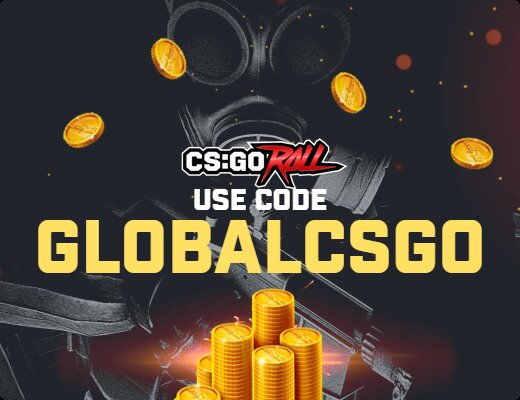More than 10,000 VAC system bans were imposed in early June alone, according to ConVars, a tool that tracks VAC bans. The average number of daily bans ranges from 50 to 100, and on June 5 that number was 10587! This is the largest wave of bans so far in 2021. This action was due to an update to the CS:GO matchmaking system where Prime status was added.
Why has Valve banned so many players?
Probably because of the matchmaking update, Valve decided to take a closer look at cheaters and boosters who, for money, helped other players gain a better rank, often without any skills. This led to such situations, that during a match on high ranks we would come across a player who was using boosting and completely unable to play at the level of his account. The situation reflected negatively on the players, so the game administration decided to do something about it. Smurfing, or a new account created by a very good player, is illegal and prohibited by Valve’s terms of service and CS:GO terms. On June 5 this year, according to the ban tracker from ConVars, 10587 accounts were banned on CS:GO, and 679 accounts received a VAC anti-cheat system block. You can definitely see from the graph that this was a one-day ban wave.
ConVars is a tool that collects Counter Strike: Global Offensive related data and puts it on your site in the form of easy to read graphs and summaries. If you are curious about Steam ban stats or maps stats, take a look at ConVars.
How does Valve know who to ban and who is actually a booster?
The company doesn’t share details about its system for catching rank boosters, but we suspect that the main source of information about accounts to be banned is the reports that any player can create after a round has been played. Valve probably looks at such reports in quite a bit of detail and verifies whether an account can do boosting or is boosted.

